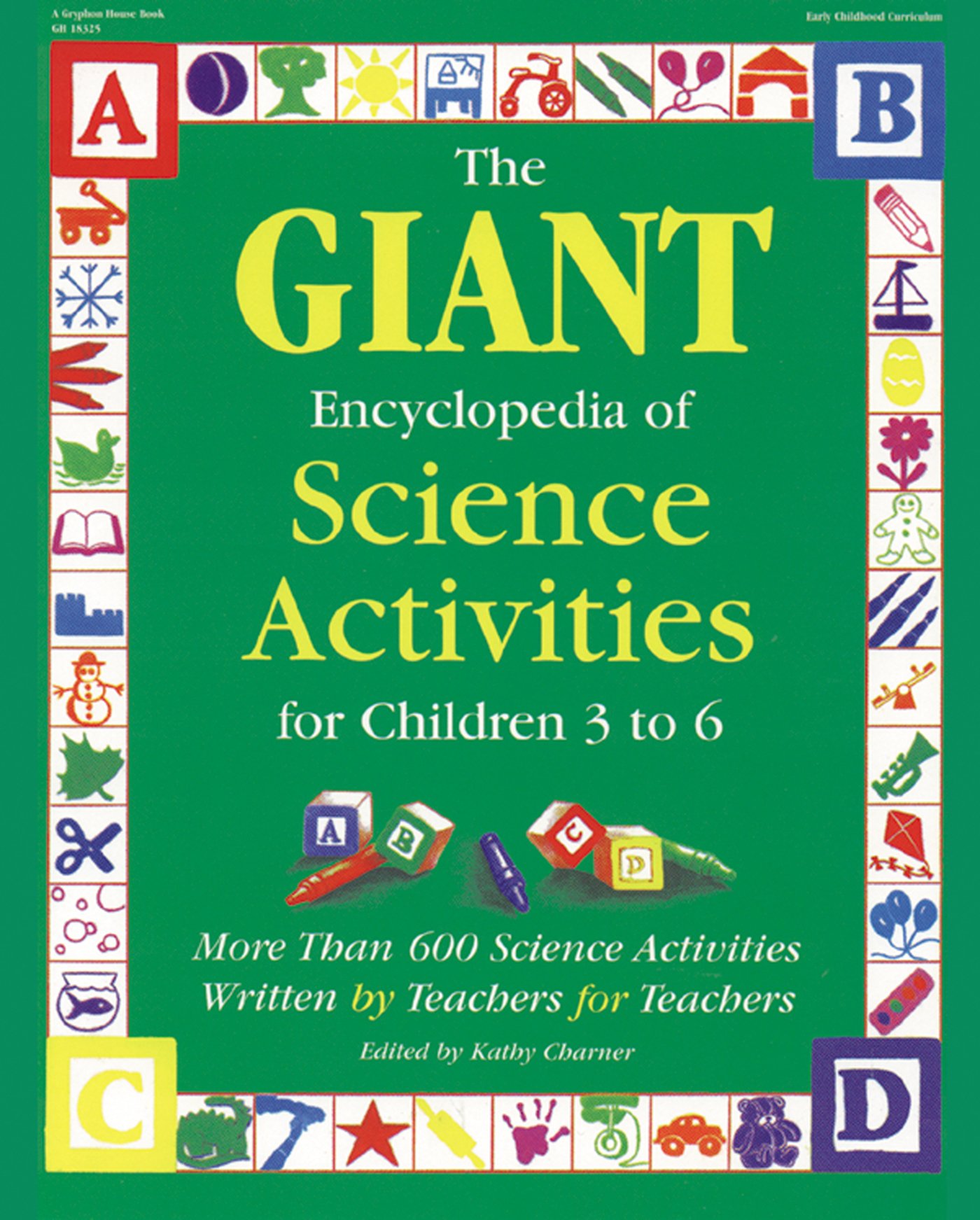Materials
Many types of seeds: collect from fruit and outdoor plants and trees Plastic wrap
Tagboard
Sponges Plastic container
Grass seeds Soil
Paper towels Bean seeds
Clear plastic cups
Instructions
1. Examine and sort the various seeds you collected. Discuss their size, texture, color and where they were found.
2. Children can help make the seed chart. Use plastic wrap to enclose the seeds, label each on the chart and hang it in the classroom.
3. Wet a sponge and ask the children to drop grass seeds onto it. Now take the container and fill it with soil. Sprinkle on the grass seeds, add water and place the container in plastic wrap in the sun. Which grass grows first? Which is the stronger plant? Children, especially young ones, enjoy watching grass on the sponge. This can be done over and over again. Just pull off the grass, wash the sponge, and it is ready for the next batch.
4. Let the children feel the bean seeds. Plant a couple in soil, place in a sunny location and water as needed. Wet a paper towel and fold it to fit inside a plastic cup. Drop the seeds between the paper towel and the side of the cup and add some water to the bottom of the cup so that the paper towel can absorb it. Cover the top of the cup with plastic wrap to hold in moisture and put it inside a dark closet until the seeds start to sprout. Now put severalseeds in a container and leave them alone. Children and teacher observe the seeds. Which seeds grew first? Which produced the strongest plant? Which didn't grow at all? Older children may chart the seeds' weekly growth.More to doCircle time: Children can pretend to be growing seeds. Ask them to curl up while the teacher tells a story about seeds planted in the ground. The sun shines and the rains come. Slowly the seeds start to grow and sprout. Soon they have roots. Then they begin to push through the ground. Soon they are plants. Children can also act out the story. Ask the children what type of seed they are pretending to be.Snack: Children could make bean salad to eat with lunch or snack by mixing a 16 oz. (500 ml) can each of drained green beans, wax beans and kidney beans with an 8 oz. (250 ml) jar of Italian dressing.Storytelling: You might tell the story Jack and the Bean Stalk during the bean experiment.
